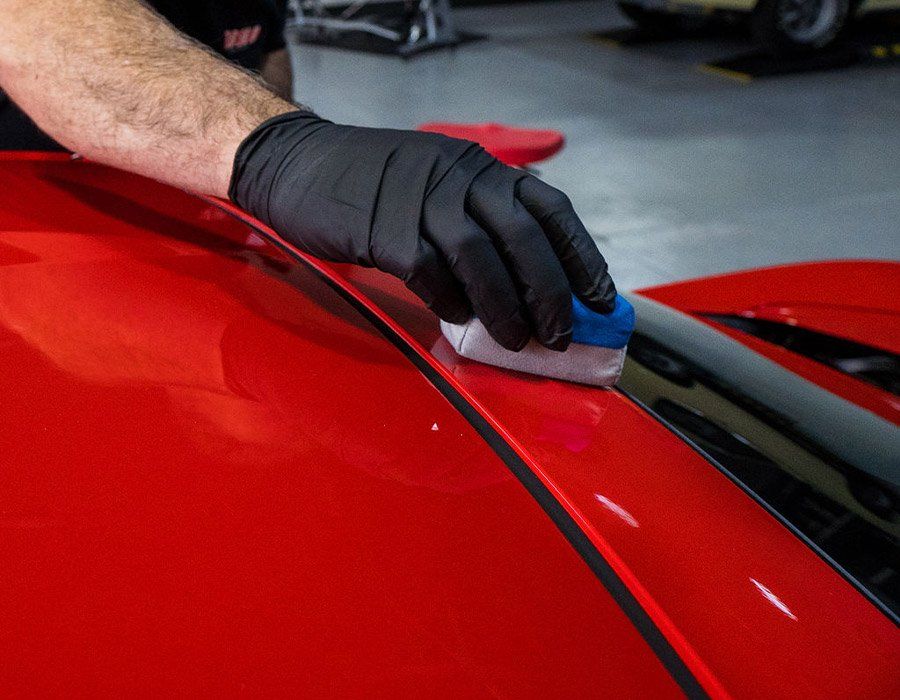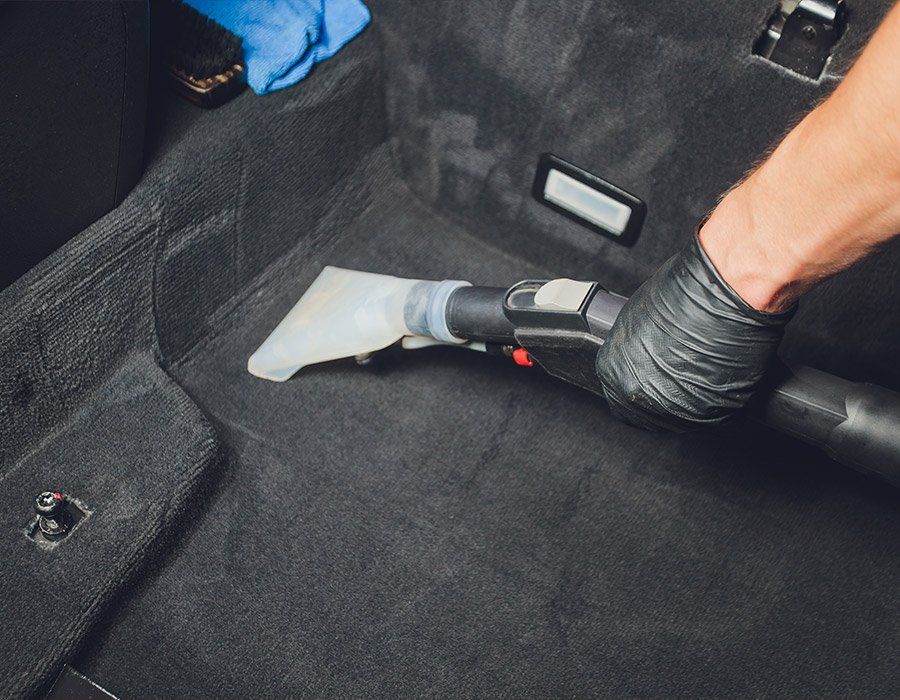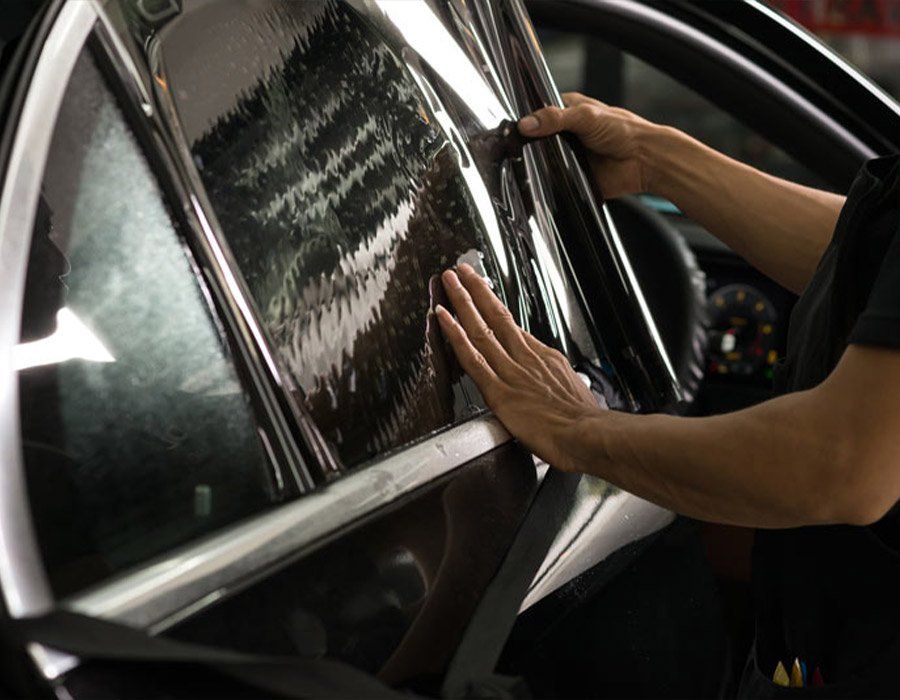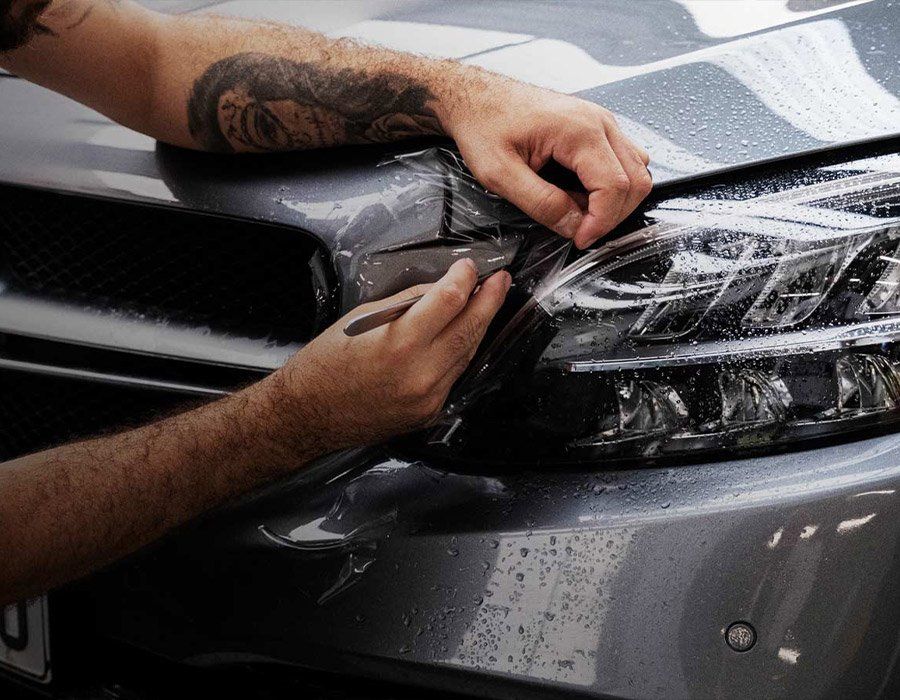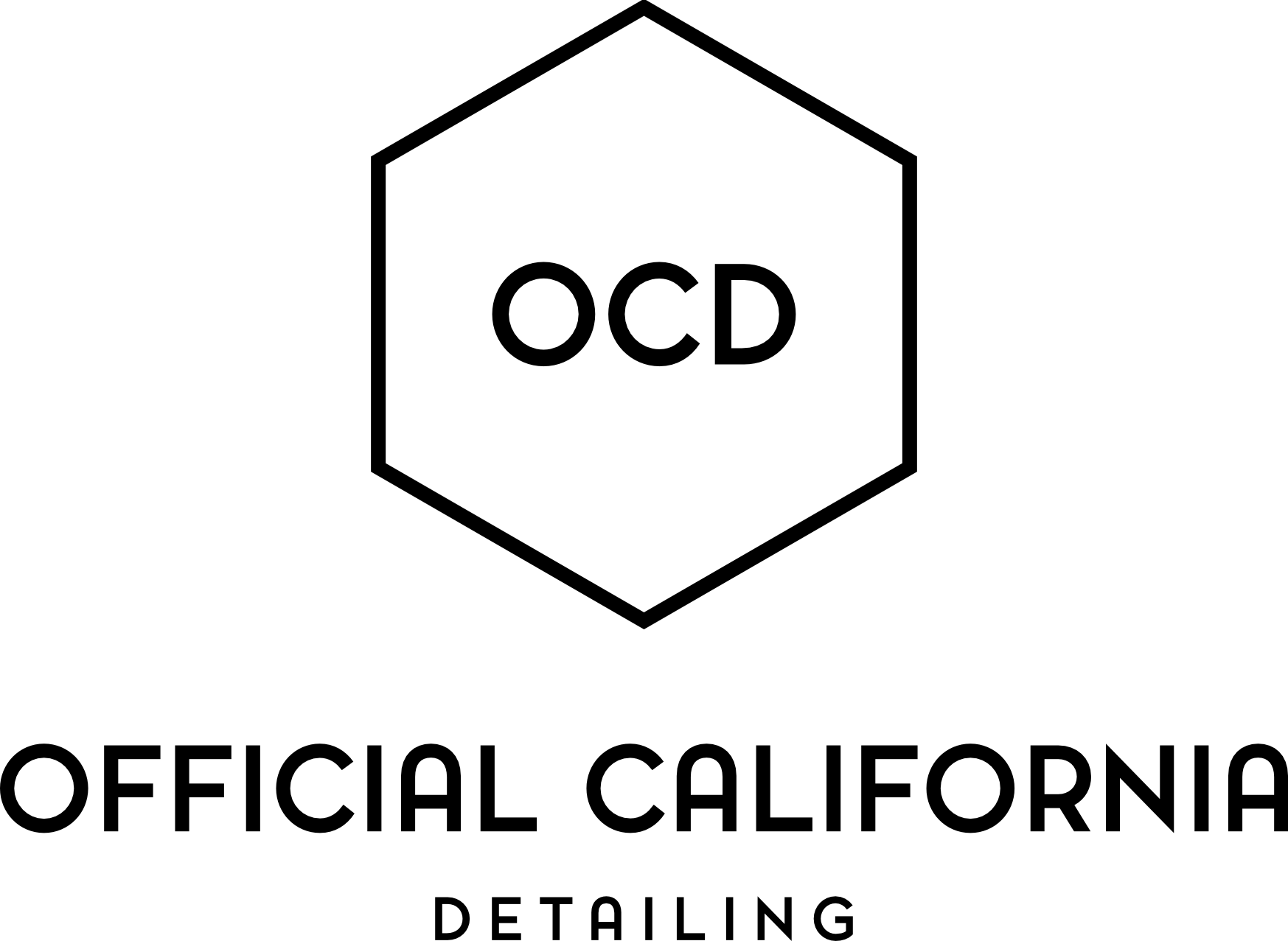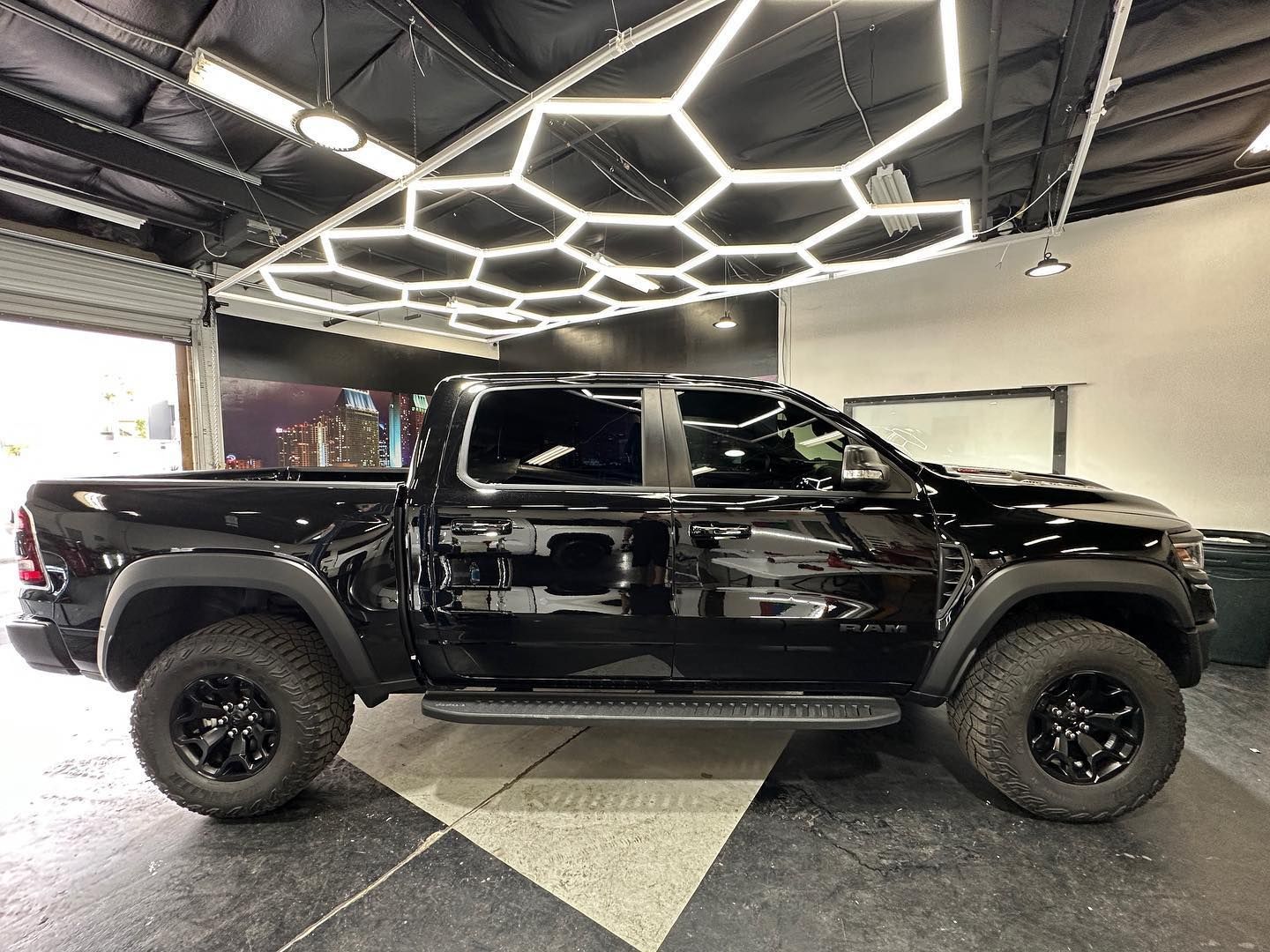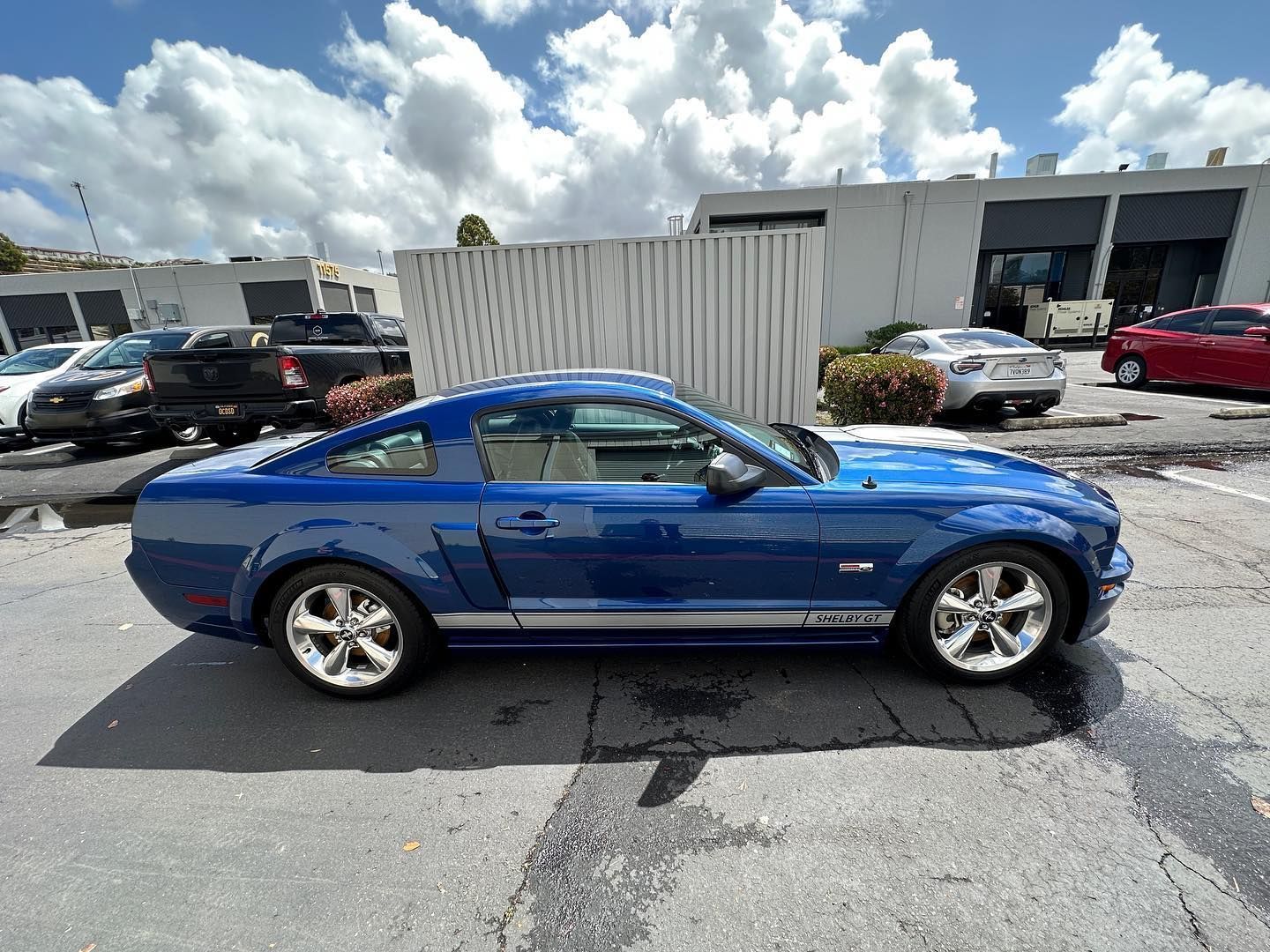Official California Detailing Blog
5 Signs It’s Time to Reapply Your Ceramic Coating for Optimal Protection
(619) 760-4962 GET A QUOTE NOWWhen it comes to maintaining the sleek, head-turning finish of your vehicle, ceramic coating is one of the most powerful tools available. It not only enhances your car’s gloss and depth of color but also acts as a durable shield against environmental damage, like UV rays, road grime, acid rain, and bird droppings. However, even the most premium ceramic coatings don’t last forever.
Over time, wear and exposure gradually break down the coating’s effectiveness, leaving your car vulnerable to the very elements it was meant to guard against. Recognizing the warning signs early can save you from costly paint restoration and preserve your investment long-term.
In this guide, we’ll explore five definitive signs it’s time to reapply your ceramic coating—and how taking timely action ensures your vehicle continues to look and perform its best.
1. Diminished Shine and Gloss
The first and most obvious sign is the fading of that deep, reflective gloss. Ceramic coatings are known for their ability to amplify a car’s paint finish, creating a high-gloss appearance that looks like it just rolled out of the showroom. But over time, constant exposure to sunlight, road contaminants, and airborne pollutants gradually reduces the coating’s optical clarity.
- Why it Happens: UV radiation breaks down the chemical bonds in the coating, while particles of dust, sand, and industrial fallout settle on your vehicle’s surface. Combined, these factors create a dull, aged look that no amount of washing seems to fix.
- What to Do: If your car lacks that "wet look" it once had, schedule an inspection with a professional detailer. A reapplication will restore both the brilliance and protection that’s been lost. Left untreated, this visual degradation can worsen over time and potentially damage the paint underneath.
2. Reduced Water Beading and Sheeting
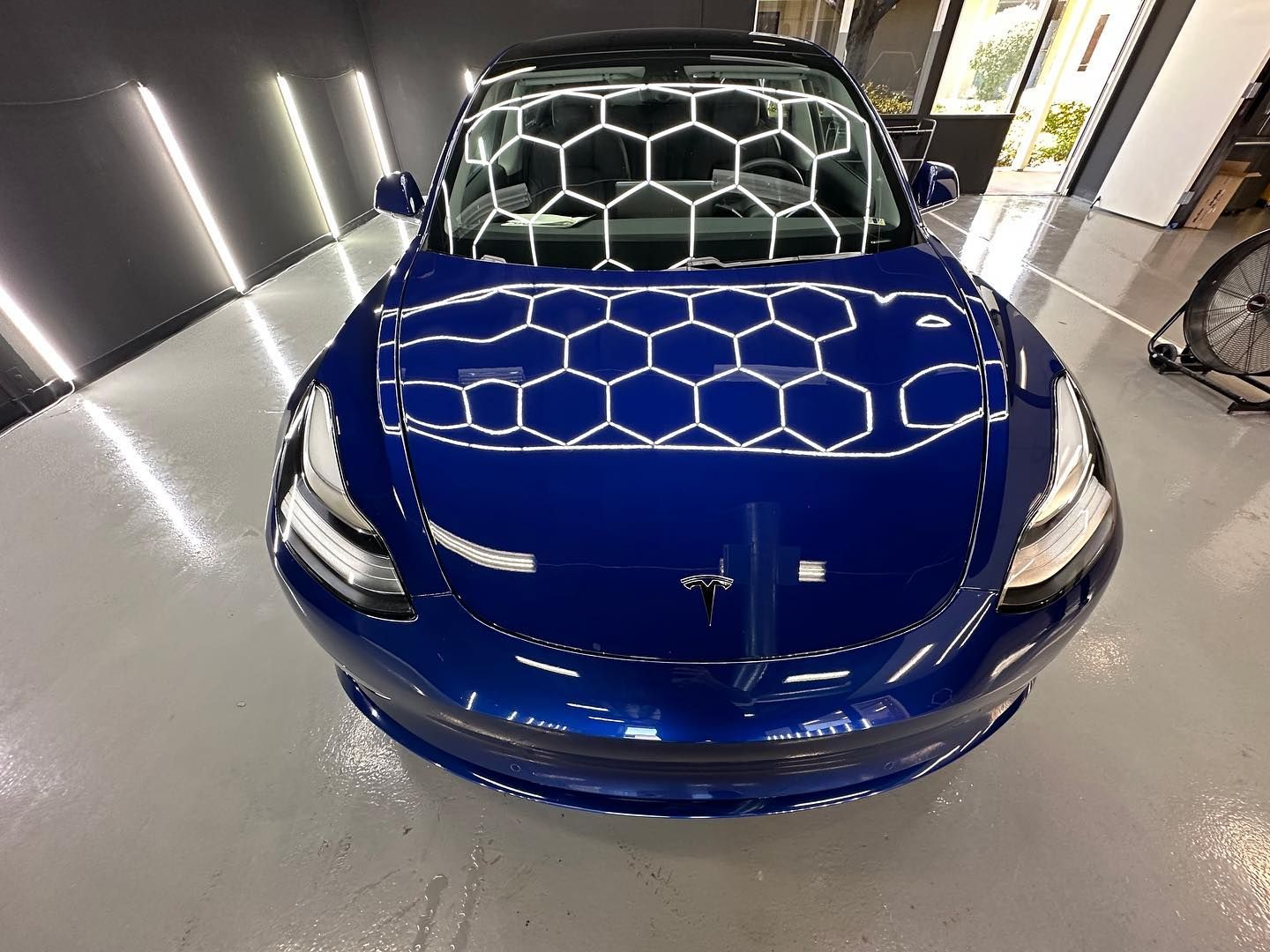
Another hallmark of a healthy ceramic coating is its water behavior. When the coating is in peak condition, water should bead into tight droplets and slide off easily, keeping the surface dry and minimizing the risk of water spots or mineral buildup.
- What to Watch For: If water starts to spread out flat across the surface, or if you notice lingering puddles even after a light rain, it’s a clear sign the hydrophobic properties have diminished.
- Why it Matters: This reduction in water repellency means your car is more susceptible to hard water deposits, acid rain damage, and grime buildup. When water stops beading properly, contaminants stay longer on the paint, weakening the protective barrier and accelerating wear.
- Pro Tip: Do a "bead test" by spraying clean water on your hood. If the droplets flatten or streak, it’s time to reapply.
3. Rough or Gritty Surface Texture
One of the less visible but just as telling signs is the texture of your vehicle’s surface. A properly maintained ceramic-coated car should feel smooth and slick to the touch. If you run your hand over the paint and feel grit, roughness, or embedded particles, it's a serious concern.
- What Causes It: Over time, contaminants like road tar, tree sap, brake dust, and pollution bond to the coating. If not removed with proper detailing techniques, they can slowly degrade the surface, giving it a coarse, sandpaper-like feel.
- Why It’s Important: A rough surface traps even more debris and makes future cleaning more difficult. It also indicates that the ceramic coating is no longer doing its job effectively and may already be compromised.
- Solution: Visit a certified detailing shop like Official California Detailing, where professionals can perform a deep clean, decontaminate the surface, and apply a new ceramic layer to restore that showroom-smooth texture.
4. Increased Scratches and Swirl Marks
While ceramic coatings offer excellent protection against contaminants and make maintenance easier, they do not make your car scratch-proof. If you notice more swirl marks or light scratches appearing, it could be due to improper washing techniques, such as using dirty towels, aggressive drying methods, or automatic car washes with harsh brushes. These marks indicate that your vehicle’s surface is no longer being properly protected and may need attention or reapplication.
- What to Look For: If you start noticing swirl patterns under direct sunlight or visible scratches on high-contact areas like doors and hoods, the protective layer has likely worn thin.
- Did You Know? According to industry studies, up to 75% of vehicle scratches are caused by poor washing habits. Even the smallest particles trapped in a wash mitt can leave micro-abrasions that accumulate over time.
- What to Do Next: If the damage is mostly superficial, a professional polish followed by a fresh ceramic coating application can restore clarity. However, deep scratches may require paint correction prior to recoating.
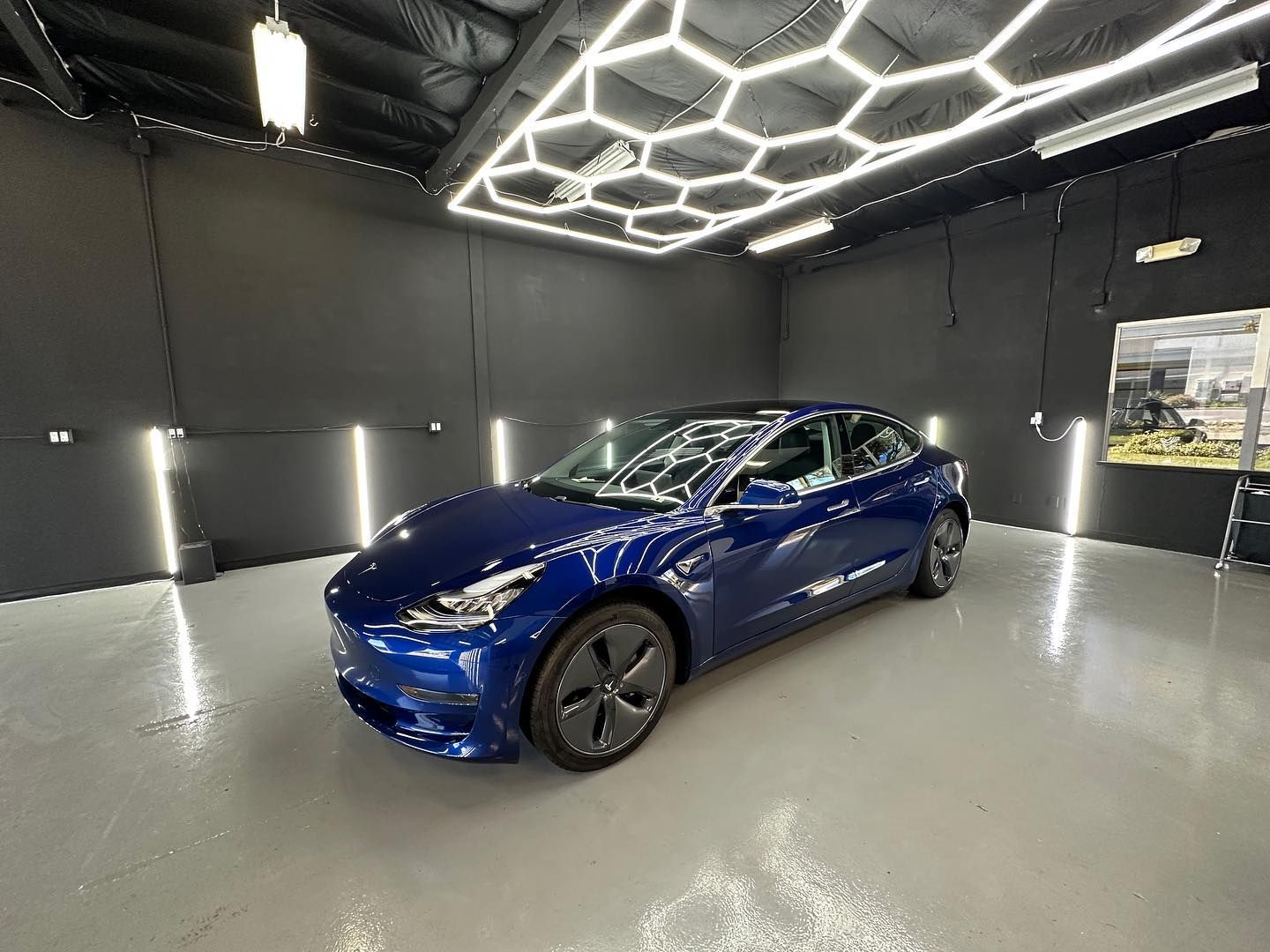
5. Reached the End of the Manufacturer's Lifespan
Even with perfect care, all ceramic coatings have a finite lifespan. Most professional-grade products last between 2 and 5 years, depending on the brand, climate, driving habits, and maintenance routine. If your current coating is nearing the end of that timeline, reapplication should be part of your car care plan.
- Why It's Critical: Relying on an expired coating is like wearing worn-out armor. Your vehicle may still look decent on the surface, but its protection against UV rays, chemical stains, and contaminants has significantly weakened.
How to Stay on Track:
- Set calendar reminders based on the original application date.
- Keep documentation of your last professional detailing session.
- Schedule annual checkups to monitor performance and wear.
A reputable shop like Official California Detailing can provide expert assessments and help you determine the optimal time for reapplication.
Maintaining Your Ceramic Coating: What You Need to Know
Recognizing these five signs is only half the battle—consistent maintenance is the key to maximizing your investment. Like oil changes and tire rotations, ceramic coating upkeep is part of responsible vehicle ownership. Here’s how to stay ahead:
Annual Inspections
At a minimum, plan to have your coating inspected once a year. Professional detailers use advanced tools and trained eyes to detect early signs of wear, long before they become noticeable to the average car owner.
Seasonal Touch-Ups
If you live in areas with harsh winters, scorching summers, or heavy rainfall, consider scheduling biannual check-ins. Salt, snow, extreme heat, and humidity all contribute to the faster breakdown of ceramic coatings.
Regular Washing with the Two-Bucket Method
Using two separate buckets (one for soapy water, one for rinsing your mitt) significantly reduces the risk of reintroducing dirt to the surface, which causes scratches and accelerates wear.
pH-Balanced Soaps Only
Avoid harsh, high-alkaline soaps that can strip the ceramic layer. Instead, opt for pH-neutral shampoos designed specifically for coated vehicles.
Why Professional Reapplication Matters
DIY ceramic coating kits are widely available, but when it comes to reapplication, especially after years of wear, it’s wise to trust professionals. The team at Official California Detailing is trained to properly:
- Remove previous coating residues.
- Conduct paint correction if needed.
- Apply high-grade ceramic coating products with precision and care.
Our expertise ensures that your vehicle looks flawless and receives maximum protection against the elements.
The Bottom Line
Ceramic coatings don't last forever, but with proper monitoring and timely reapplication, they can provide years of high-performance shine and protection. If you notice any of these five signs—diminished gloss, poor water behavior, rough texture, scratches, or if your coating is simply getting old—it’s time to act. Don’t wait until damage sets in—protect your investment today.
Call Official California Detailing at (619) 760-4962 or
visit us online to schedule your ceramic coating inspection and reapplication. Our certified experts are ready to restore your vehicle’s brilliance and shield it from the elements.
